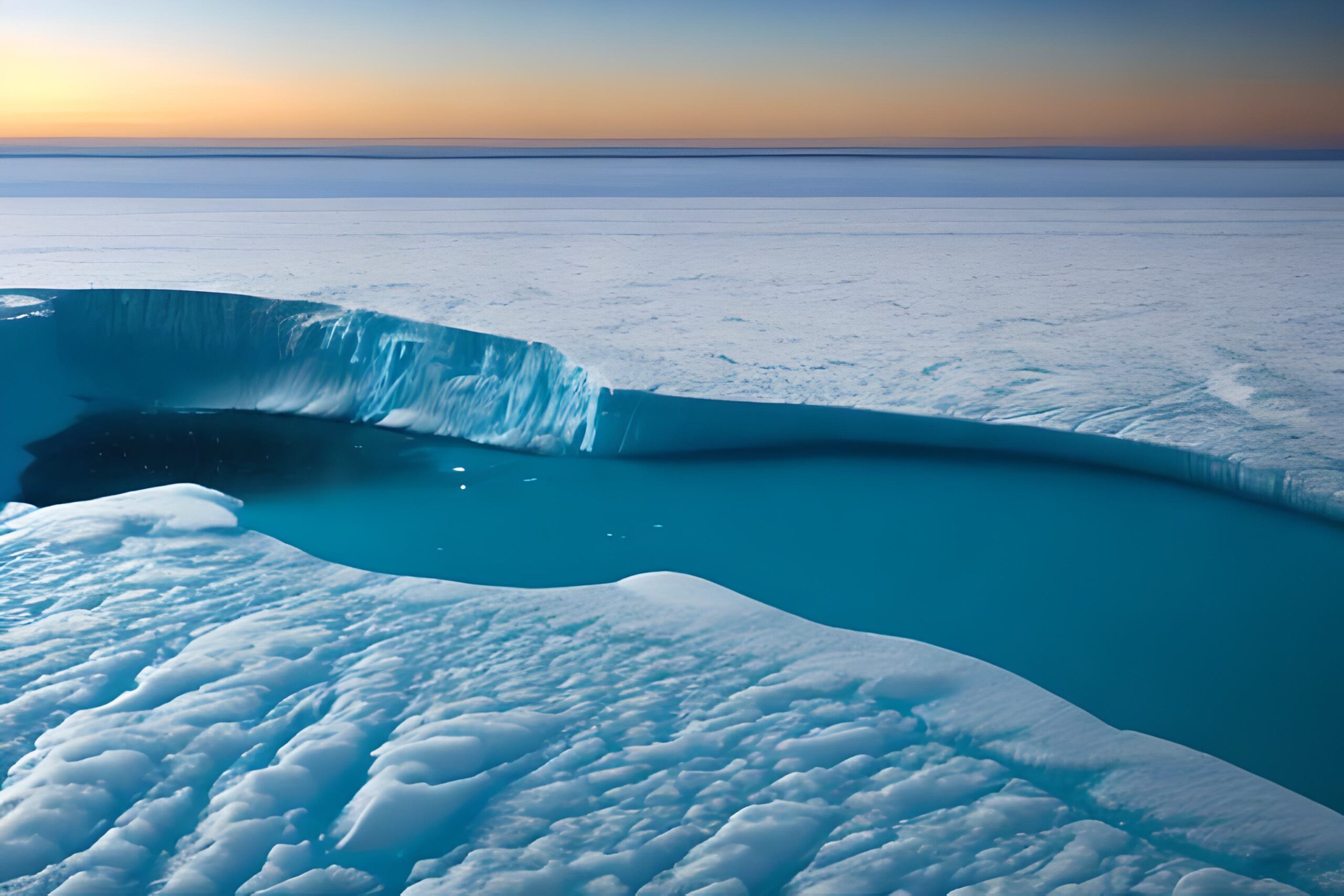While delving the dynamics of the public’s perception of energy efficiency and low carbon energy technologies, I came across the psychological effects of climate change inspired art and its influence on general perception and adoption of new energy technology. More specifically, today, we’re going to explore a unique psychological concept known as the “identifiable victim effect” and how it can be harnessed through art to inspire support for clean energy.
AI-generated image evocating the the “identifiable victim effect”

The identifiable victim effect refers to the tendency of individuals to feel a stronger emotional connection and empathic response towards specific, identifiable victims rather than towards anonymous or statistical victims. This phenomenon has been studied extensively in various contexts, including charitable giving and disaster relief efforts.
Climate change inspired art can leverage this effect by showcasing the stories of specific individuals or communities affected by the consequences of climate change. By humanizing the issue and providing a face to the problem, artists can evoke a more profound emotional response in the viewer, thus motivating them to take action in supporting energy efficiency and low carbon energy technologies.
One powerful example of this effect in action is the work of artist and photographer James Balog, who documented the rapid melting of glaciers in his project “Extreme Ice Survey.” Through striking images of shrinking glaciers, Balog’s work not only visually communicates the urgency of climate change but also showcases the direct impact on the lives of people living in affected regions. By capturing the faces and stories of those living in close proximity to these disappearing glaciers, Balog’s art compels viewers to consider the human cost of climate change and encourages support for clean energy solutions.

As public opinion on climate change and clean energy is influenced by the emotions evoked through art, policymakers and clean energy advocates can collaborate with artists to create more powerful and persuasive campaigns. By embracing the identifiable victim effect and using climate change inspired art to convey the urgency of the problem, we can foster greater support for energy efficiency and low carbon energy technologies, ultimately creating a more sustainable future for all.
At Gridline AI, we enable artists and entrepreneurs achieve their goals. Contact us if you want to contribute to sustainable art with your voice.
